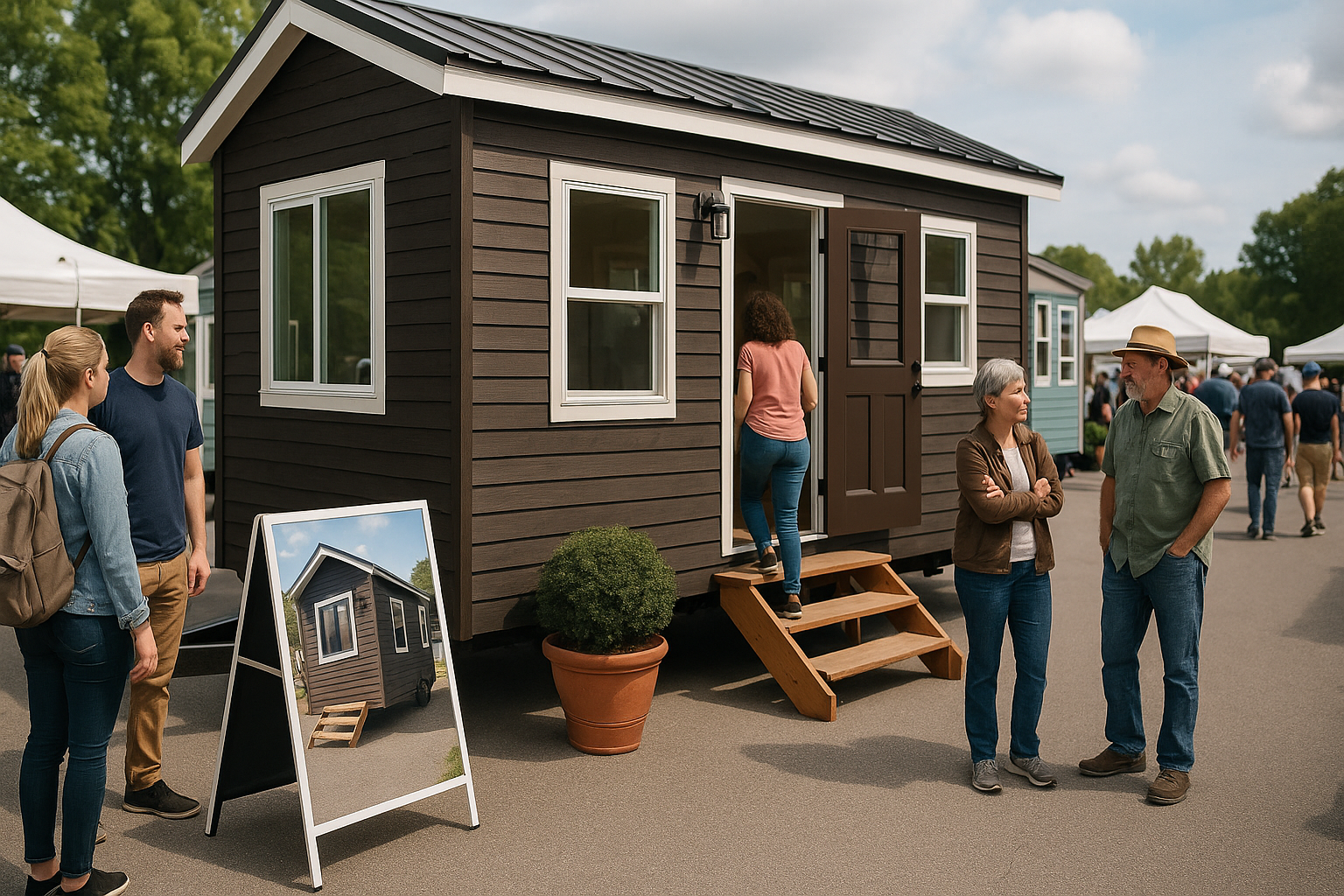
Estimated reading time: 7 minutes
Key Takeaways
- Affordable Dream: Tiny homes often priced under $200,000 make home ownership more accessible.
- Efficient Living: Designed for year-round use with smart, flexible layouts.
- Expert Guidance: The Tiny Home Show offers firsthand insights on downsizing, leasing, and permit processes.
- Community Focus: Event features community support including food trucks, kid’s play area, and family-friendly amenities.
- Innovative Case Study: Groundbreaking legal case study on building a tiny home for a farm employee may set future precedents.
Table of contents
With the changing landscape of home ownership in Ontario, the tiny home movement continues to shine as a creative and affordable solution. For those dreaming of owning a home, tiny homes—often available for less than $200,000—present a unique opportunity for those willing to downsize and embrace living on leased land.
What is a Tiny Home?
According to the Ontario government, a tiny home is a small, private, self-contained dwelling. It features a living and dining area, a kitchen, bathroom facilities, and a sleeping area designed for year-round use. These homes provide smart, flexible and sustainable living solutions, making them suitable as primary residences, secondary suites, or additional dwelling units (ADUs) on existing properties.
The Tiny Home Show: Inspiration and Guidance
Returning to the Ancaster Fairgrounds near Hamilton this July 12-13, the Tiny Home Show offers an ideal setting for anyone curious about this lifestyle. Organizers, including tiny home advocate Bianca Metz, share their firsthand experiences of living comfortably in compact, efficient spaces. Bianca and her team at the Giving Tree consulting firm provide practical tips on downsizing, navigating land leasing, and dealing with permit processes, all of which help turn tiny home dreams into reality.
The event will showcase ten different tiny homes, including modular units and tiny homes on wheels. Experts will guide attendees through every aspect of tiny home ownership—from bylaws and utilities to permits and building tips.
Growing Interest and Shifting Opportunities
Due to evolving municipal bylaws and rising demand for flexible living options, interest in tiny homes is on the rise. Homeowners are exploring alternatives such as garden suites or backyard tiny homes. In some cases, people opt to move into these compact spaces themselves, while others rent out their main house or help adult children secure affordable, independent housing.
Tiny homes can be manufactured to CSA standards or built via Ontario’s two-stage permitting process, appealing to both DIY enthusiasts and those seeking turnkey solutions.
Show Features and Community Support
This event isn’t just about homes—it’s about community. Alongside home tours, there will be food trucks, an adult lounge, and a dedicated kids’ play area. In a special initiative, Habitat for Humanity will lead a program where local students participate in constructing tiny homes, showcasing the potential for skill-building and community engagement.
Panel discussions with experts from municipalities and backyard home marketplaces will also highlight grants, incentives, and practical insights to empower prospective tiny home owners.
Ready to Take the Next Step?
Whether you’re a first-time buyer, downsizing, or supporting adult children, the Tiny Home Show is the perfect opportunity to get inspired. Explore possibilities, gain valuable insights, and connect with Ontario’s leading experts in tiny home living. Tickets for the show are available now—this is your chance to discover how big life can feel in a thoughtfully designed small space.
Frequently Asked Questions
Q1: What qualifies as a “tiny home” in Ontario?
A: A tiny home in Ontario is defined as a small, private, self-contained dwelling with separate living, dining, kitchen, bathroom, and sleeping areas, designed for year-round use.
Q2: Can tiny homes be used as primary residences?
A: Yes, tiny homes can be used as primary residences, secondary suites, or additional dwelling units, offering a flexible and sustainable housing solution.
Q3: What can I expect from the Tiny Home Show?
A: The show features home tours, expert-led discussions on permits and bylaws, community-building activities, and even a special speaker series highlighting innovative legal case studies in tiny home construction.

Leave a Reply